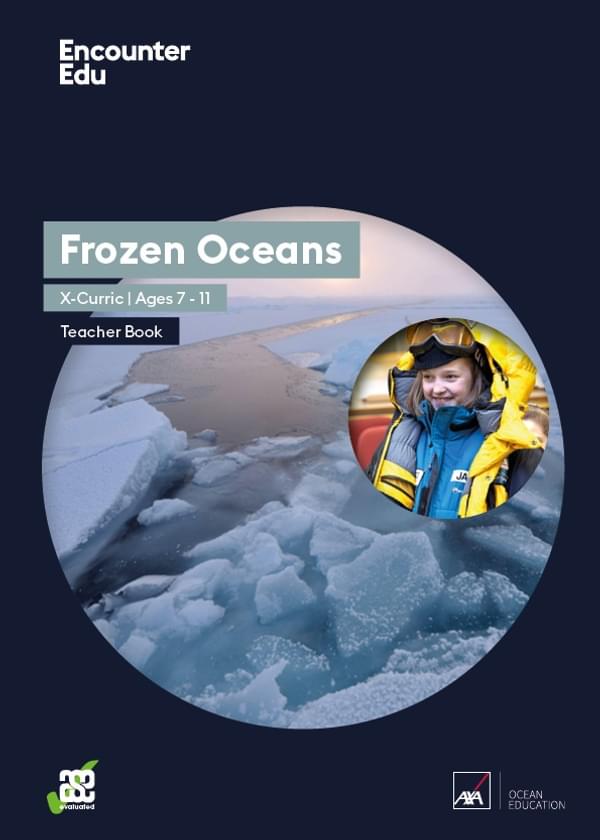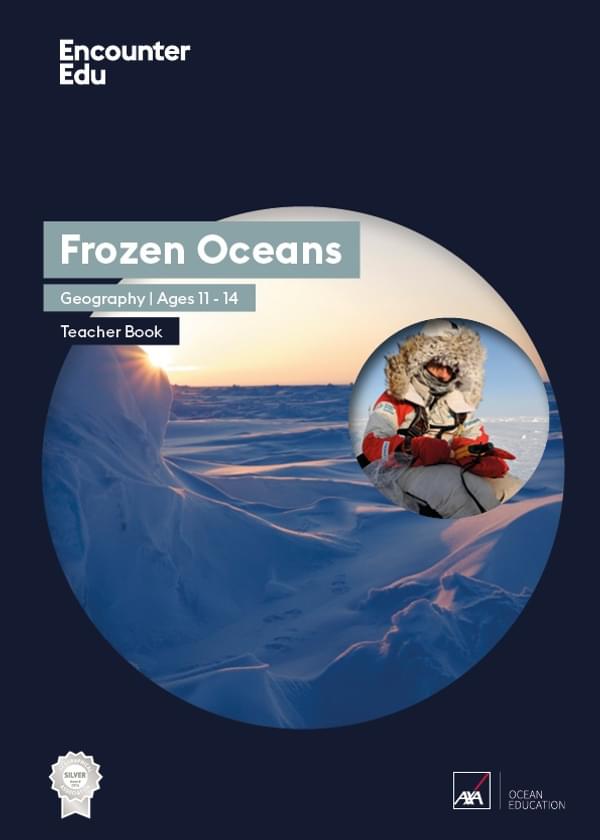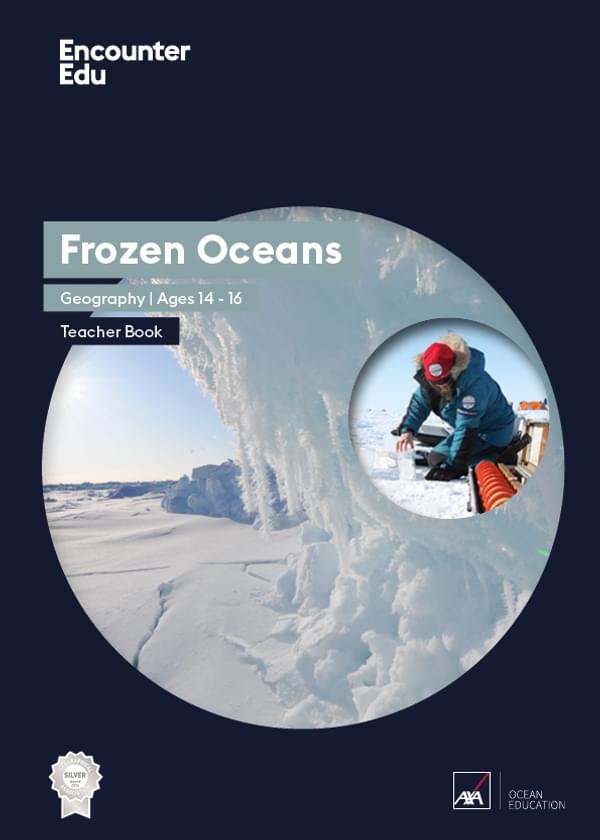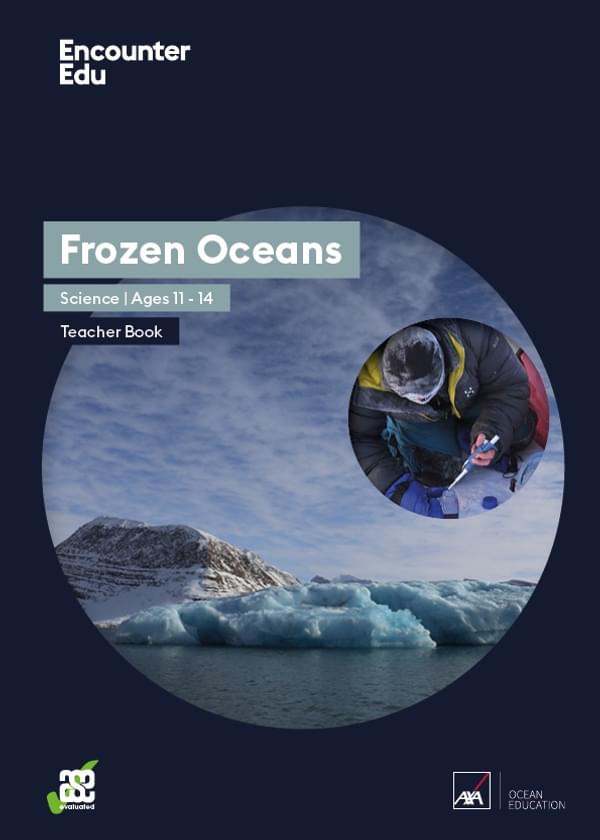Ride an Arctic skidoo in 360
Skidoos are one of the main forms of transport in the Arctic. They allow researchers to travel between the research station and the field site with ease, transporting all the necessary equipment and any samples collected in the field.
As you head out to the field site in this preview video, take a look behind you to see the science settlement at Ny Alesund on Svalbard. Looking to your left, you will be able to see the waters of the Kongsfjorden, the sea inlet running alongside Ny Alesund.
For more support on viewing 360VR videos, see this Subject Update.
Part of:
AXA Ocean EducationBrought to you by


Cross-curricular | Ages 7-11
Frozen Oceans
Based on journeys undertaken by real explorers and scientists, the Frozen Oceans (Primary) education programme is designed to introduce students to what life is like in the High Arctic.

Geography | Ages 11-14
Frozen Oceans
The Frozen Oceans Geography resources are designed to take 11-14 year-olds on a journey to the Arctic following the expedition team of the Catlin Arctic Survey.

Geography | Ages 14-16
Frozen Oceans
This Frozen Oceans education resource includes two data case studies that introduce students to ocean acidification and sea ice thickness. The core of each case study are data sets from real expeditions.

Science | Ages 11-14
Frozen Oceans
The Frozen Oceans Science resources introduce working scientifically concepts and skills to 11-14-year-olds through enquiry-based lessons which replicate work done by field scientists in the Arctic.
